The sweetest, juiciest strawberries you’ll ever enjoy will come from a home garden. By growing strawberries at home, you’ll enjoy fully ripened, chemical-free berries. Like other homegrown produce, the strawberries you grow at home will be more flavorful than whatever you could buy at a supermarket.
One of the ways you can grow the best strawberries possible is through companion planting. Companion plants—plants that grow symbiotically near strawberries—can help you increase the yield, quality, and health of your strawberry crop. Here’s how to grow a sustainable bumper crop of strawberries by using companion planting.
The Best Strawberry Companion Plants
There are several plants that are beneficial to the growth of strawberry plants and the production of an abundant berry crop. Helpful companion plants include:
- Bush Beans: Repels beetles and helps provide nitrogen-fixing bacteria, which can fertilize and increase the yield of strawberries.
- Borage: Borage plants deter insect pests that can damage a strawberry patch. The herb also attracts bees, which can make pollination in the whole garden more robust and productive.
- Caraway: Caraway draws insects that feed on pests harmful to strawberries.
- Lupin: Like bush beans, repels beetles and helps with nitrogen fixing.
- Asparagus: Asparagus and strawberries are natural companions. Both plants begin to grow immediately after the last frost. The two plants root on different levels and maximize nutrient return.
Other popular companion plants for strawberries are horseradish, rhubarb, lettuce, marigolds, onions, chives, sage, and spinach.
Strawberries can also serve as a companion plant. Many savvy gardeners plant them as a ground cover to control weeds around horseradish, rhubarb, and asparagus.
Plants That Harm Strawberries
Not all garden plants are good neighbors for strawberries. Any of the plants listed here can cause verticillium, a disease that is deadly to strawberries:
- Okra
- Mint
- Bramble and berry plants
- Roses
- Chrysanthemums
- Nightshades
- Melons
Strawberries Can Damage These Plants
Strawberries don’t play nice with some plants. Any plant in the cabbage family will struggle if planted next to a strawberry. Major members of the cabbage family include:
- Collard
- Kale
- Brussels Sprouts
- Bok choy
- Cauliflower
- Kohlrabi
- Broccoflower
- Celery
Strawberries Are Easy To Grow
Strawberries are easy to cultivate in USDA Plant Hardiness Zones 3-10. Strawberry plants prosper when properly planted and tended in beds, rows, strawberry jars, or baskets.
Strawberries can even decorate your garden. Allow them to sprawl over a rock wall, or plant them as an edible edging along flower beds or walkways. Strawberries planted as ground cover will produce a thick, green foliage mat that will produce fruit, even if it’s not intensively tended.
Select The Right Site
To successfully grow strawberries, it is imperative that they receive full sun most of the day. Plants grown in limited sunlight yield excessive foliage growth and few berries. Strawberries do best in a loamy, nutrient-rich soil with a pH range of 6.0 to 6.3. Avoid planting in low areas subject to late spring frosts.
The ground where you plant should not have been used previously to cultivate potatoes, peppers, tomatoes or any type of berry. Such soil can cause root rot and tomato ringspot.
Types Of Strawberries
When selecting a strawberry variety, choose varieties adapted to your local region. Order strawberry plugs early—they’re very popular at all nurseries.
When shopping for strawberry plants at your local greenhouse or garden supply, accept only virus-free, healthy-looking plants. Most strawberries produce an abundant crop if only one variety is selected.
However, some varieties such as Apollo and Spring Giant do best if planted in proximity to each other for pollination. In most cases, it is a wise choice to plant multiple varieties: if one variety is damaged by disease or frost, you will not lose your entire planting.
Planting multiple varieties also extends the fruiting season, because different varieties ripen at different times.
Consult your nursery or garden store to figure out what varieties grow best in your area.
These are some of my favorite varieties. Plants marked with an asterisk are ever-bearing—they’ll yield fruit throughout the growing season.
- Allstar
- Albion*
- Honeoye
- Evie*
- Ozark Beauty*
- Jewel
- Tristar*
- Earliglow
- Chandler
- Tribute*
- Monterey*
- Portola*
- San Andreas*
- Seascape*
- Quintalt*
Most varieties of strawberry produce fruit from early May through June. Ever-bearing strawberry plants produce berries mid-May through June, a few berries during the summer, and one more large crop in the fall.
When To Plant Strawberries
Strawberries cultivated in U.S. Plant Hardiness Zones six and northward do best if planted in the spring. Such plants become well-rooted by winter.
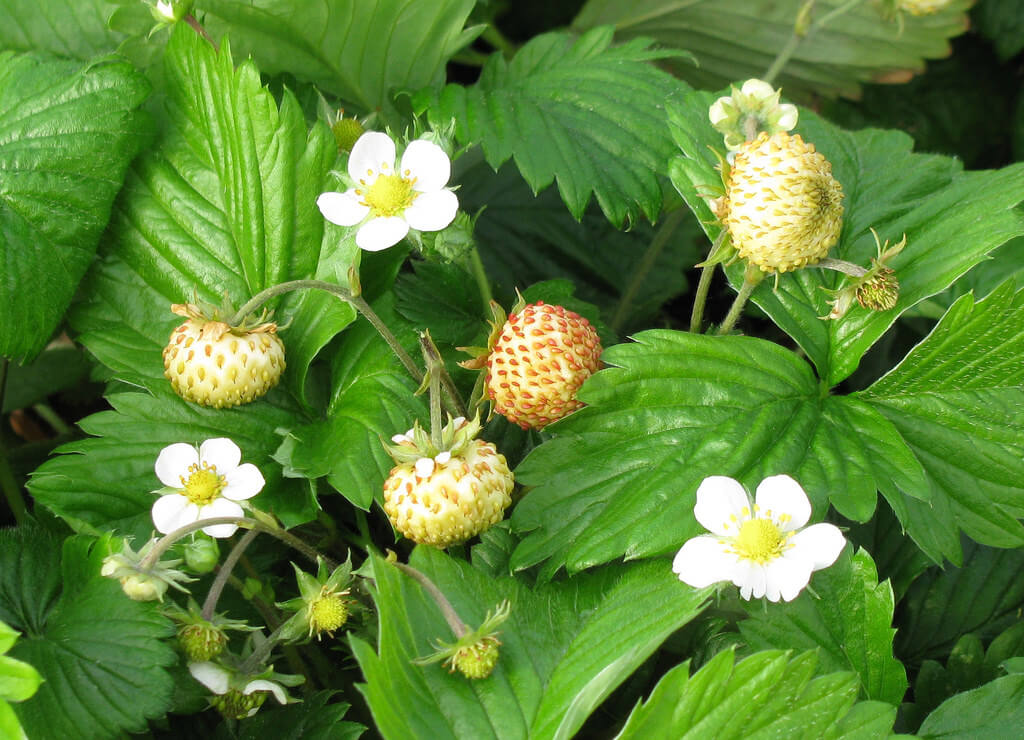
Strawberries planted in pots, baskets or containers can be moved to a cool, protected shed or unheated garage during the cold months of winter.
Prepare The Soil
Strawberries flourish in loamy, nutrient-rich soil. Prepare the beds or potting mixture by thoroughly working in a generous portion of aged herbivore manure, aged garden compost, chopped straw, grass clippings, or dry leaves.
The soil should be kept moist, but not soggy. Strawberry plants detest wet feet and can easily develop root rot if the their patch does not drain adequately.
Planting And Propagation
Don’t let strawberries dry out when you plant them. Each bundle of plants should be placed in a container with enough water to thoroughly saturate the roots.
After planting, strawberries should be watered around the base of the plant. Strawberries that are watered on their foliage are more likely to develop diseases. Drip irrigation is the best method of keeping strawberry plants watered.
Expect to harvest a quart or more of berries per every five feet of row. Approximately 100-125 plants will provide more than enough fresh and preservable fruit for a family of four.
Strawberries should be planted on a cloudy day in the late afternoon.
Strawberry Life Cycle
Strawberries are a very hardy perennial. They will die back in winter and begin growing again in the spring.
After producing fruit, most varieties produce numerous runners with tiny baby plants at the tips. If untended, the runners root nearby. They can also be be trimmed off and replanted elsewhere for propagation.
Many varieties of strawberries will bear extra berries if you clip off the runners. Allow each plant to produce no more than three runners per season. Extra runners can be potted and sold.
References
- The United States Department of Agriculture: Companion Planting (PDF)
- Sustainable Gardening Australia: Companion Plants
- The United States Department Of Agriculture: Strawberry Patch (PDF)
- United States Department Of Agriculture, Natural Resources Conservation Service: Fragaria virginiana Duchesne – Virginia strawberry
- North Carolina Cooperative Extension: New Ways to Think About Growing Strawberries & Blueberries
- Strawberry Standards Consultancy: Trade Standards
- University Of Illinois Extension Service: Growing Strawberries

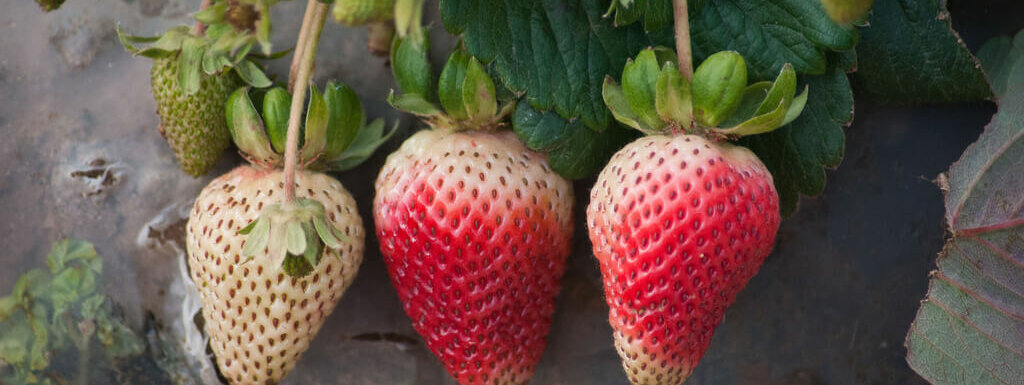

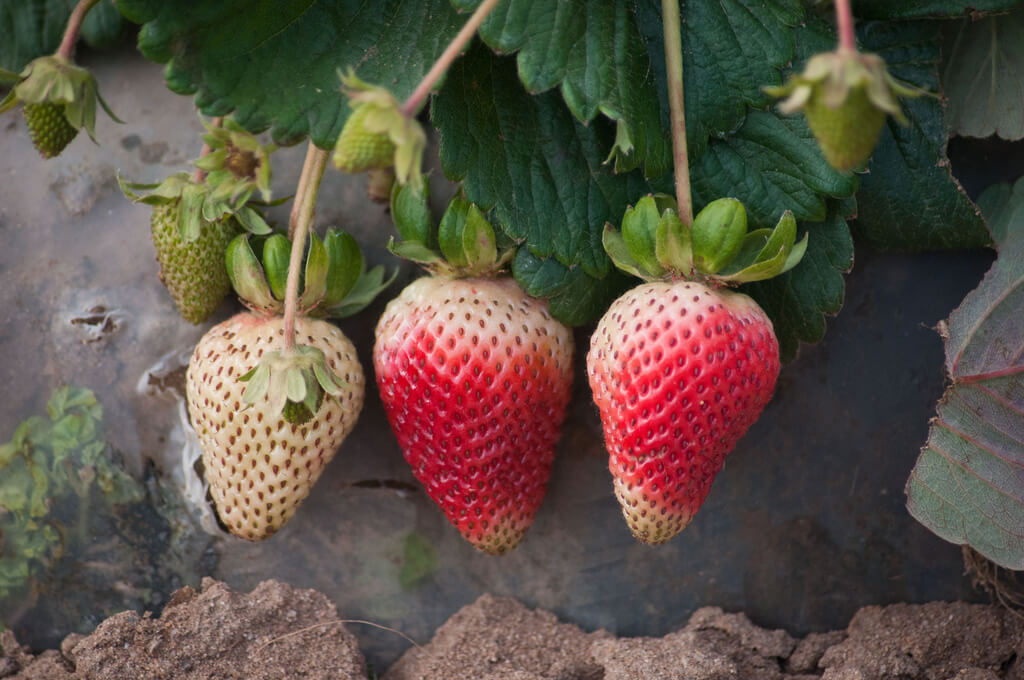
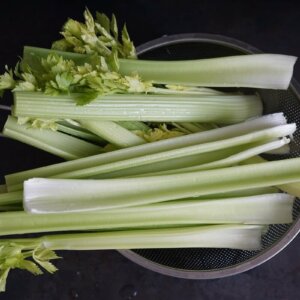


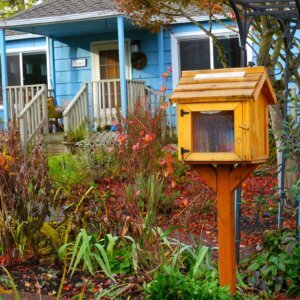
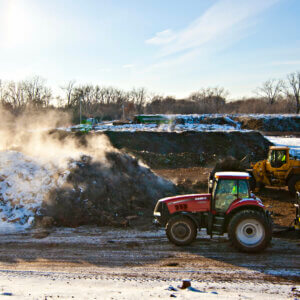
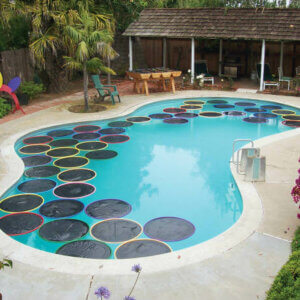
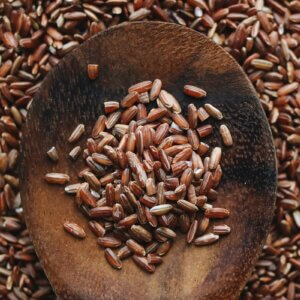


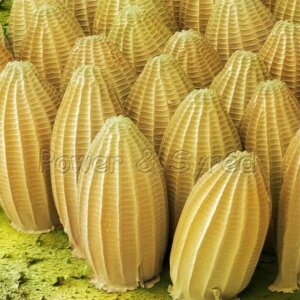



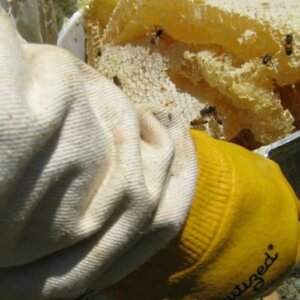
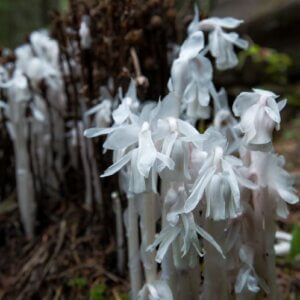
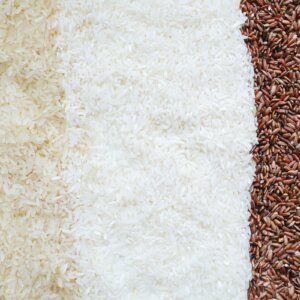
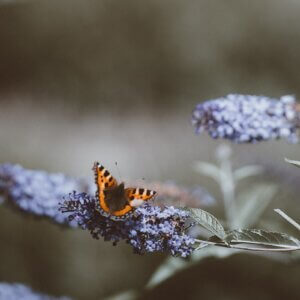


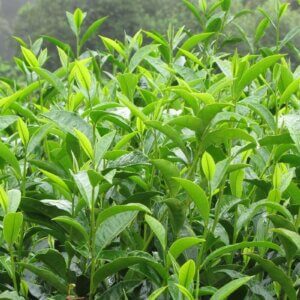


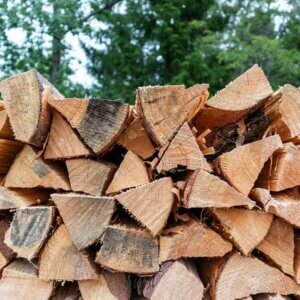

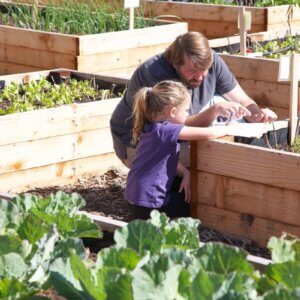
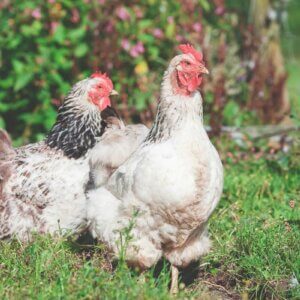
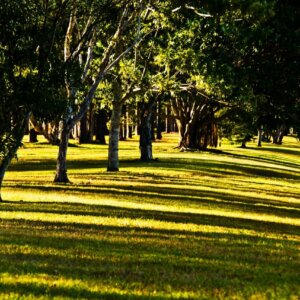
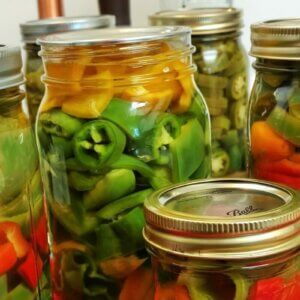
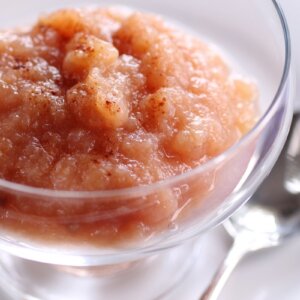




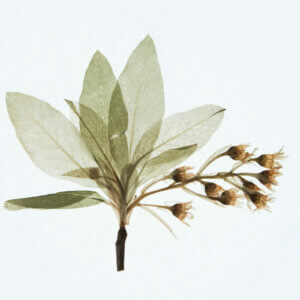
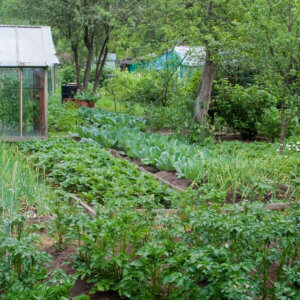
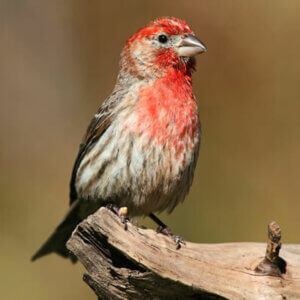

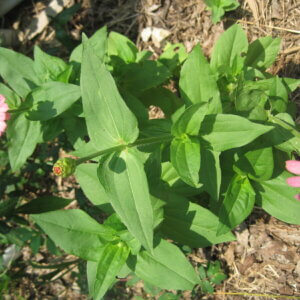
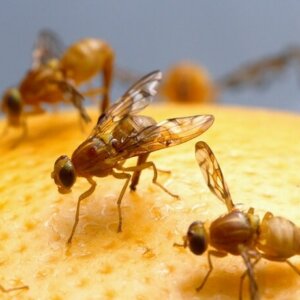

Just what I was looking for. Thanks!
Happy to hear we could help you out! 🙂
When it’s recommended not to plant things “near” each other, what does “near” mean in terms of distance? If I have kale in one corner of my garden and strawberries in the other, with other compatible crops in between, does that avoid or reduce the potential problems? Distance between would be six or eight feet or so. Is that enough? Thanks!
why am i not seeing garlic anywhere on this list?